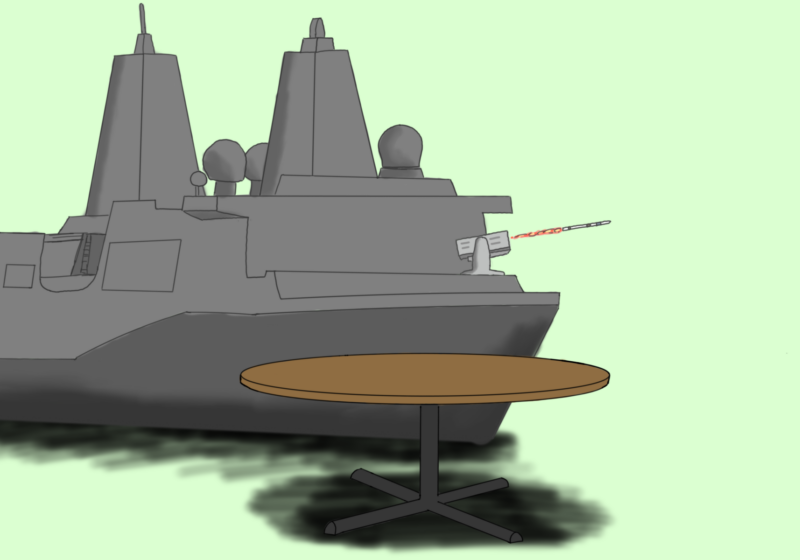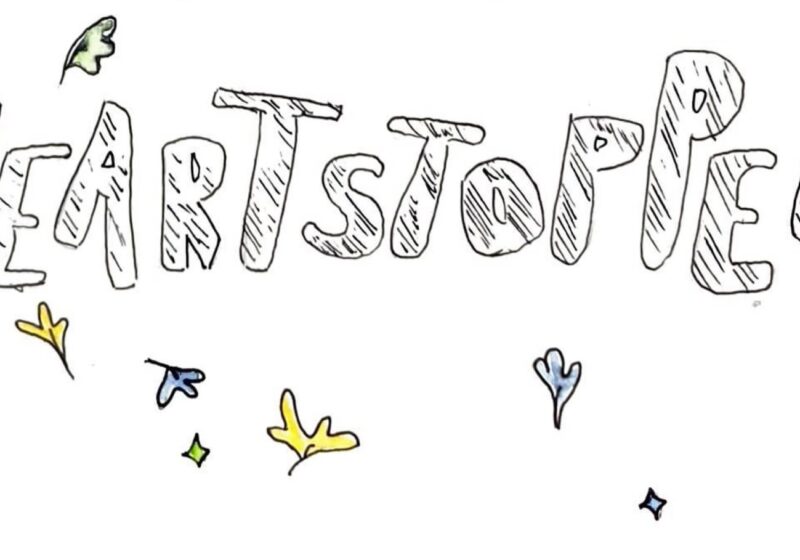Guest speakers representing local AIDS organizations visited UR Wednesday to educate and discuss the global epidemic in an event entitled “Catalyzing Grassroots Action to Stop Global AIDS.” Roughly 40 students and Rochester community members attended the session in the Community Learning Center.
“Our goals are to increase awareness of the global AIDS crisis for countries that are not getting the access to care that they need,” Mary Shoemaker, Research Nurse for the Infectious Diseases Unit at UR Medical Center, said. “Poverty equals violence – poverty is a form of violence and in a lot of ways the AIDS situation is a glaring and terrific example of this human fact.”
Shoemaker gave the presentation with Latonya Young, Case Manger and Outreach Worker with Unity Health Systems for Rochester’s McCree McCuller Wellness Center. Shoemaker and Young were reporting mainly on a conference they recently attended in Washington, D.C. on the global AIDS crisis.
According to Shoemaker, 8,000 people die every day from HIV, most of which are preventable with the proper care. Internationally, 95 percent of those infected with HIV have no access to AIDS care or medications, according to Shoemaker.
Shoemaker stressed education – she mentioned an African man who, when he discovered that he was infected with AIDS, separated himself from his wife and children because he believed that he could infect them by living in the same house.
“Currently there are nearly 15 million AIDS orphans [worldwide], approximately the same number of high school students in the United States,” Shoemaker said. “This is also the number of children under five in the U.S.”
U.N. experts predict that number to grow to 25 million by the end of the decade.
In the U.S., HIV medications cost between $10,000 and $30,000 per year, which, Shoemaker said, does not correspond with production costs. Generic drugs are available and cost between $200 and $350 per year, but their distribution is strictly regulated by greedy drug companies, Shoemaker said.
“We don’t talk about it often enough,” Mansoor Khan, class of 2003, said of the international AIDS problem. After the presentation, Khan informally invited students to go to Uganda this summer to help in the AIDS effort. Khan’s friend, a fellow UR alumnus, organized a similar trip to Uganda last summer.
“They passed [out] around about 6,000 condoms, educated about 2,000 people, tested about 2,000 people and trained high schoolers to test people,” Khan said. “These people don’t even know what AIDS is.”
Khan confirmed what had been said in the presentation – AIDS awareness materials are such a commodity in Africa, that after being distributed, the documents are then sold to others.
Furthermore, prophylactics are not widely used or widely available and are too expensive for widespread use in Africa. “How do you afford a condom, when one costs as much as two or three days’ salary?” Khan asked.
Although the event focused on the AIDS problem abroad, mainly in Africa, the presenters also stressed education and engagement in helping the situation in
See AIDS, Page 6
the U.S. “Education is key but it’s
See AIDS, Page 6
not the whole solution,” Young said. “People should be more aware of their environment and be more active.”
“AIDS is something that needs people to participate in the prevention, treatment, awareness and training,” Chijioke Onuoha, Program Coordinator for the Homeland Charities Inc. in Liverpool, NY said. “Everyone should get involved and each one can make a difference in any way possible and we can win this fight,” Onuoha added.
Daniel Lopez, of the McCree McCuller Wellness Center and Targeted Capacity Expansion Program said that his organization has a mobile unit that outreaches to the Rochester community to perform HIV tests and encourage African American and Latino substance abusers to enroll in the Targeted Capacity Expansion Program for rehabilitation.
The Administrative Coordinator of the same group, Sandra Graham encourages everyone who may be infected to use their resources, which are free. “We offer confidential testing that can take as little as 20 minutes,” she said.
Cherri Hawkins-Clark of the Community Health Network feels that education should be targeted at youth. “Over 70 percent of those infected are women between the ages of 16 and 24,” she said. “Sexual interaction is starting at a younger age – even 7, 8, 9 years old. We as a community have to make aware to our young people how to protect themselves.”
Sophomore Claire LeBlanc enjoyed the presentation. “I think that it was very educational. It’s good to bring to college students information about HIV and AIDS – especially students who want to learn more,” she said. “I’m sure people learned a lot and enjoyed it as well.”
Shoemaker and Young encouraged students to not only become involved to help others, but also to be concerned about themselves and to use protection during sex and to get tested for HIV.
Yunis can be reached at tyunis@campustimes.org.




